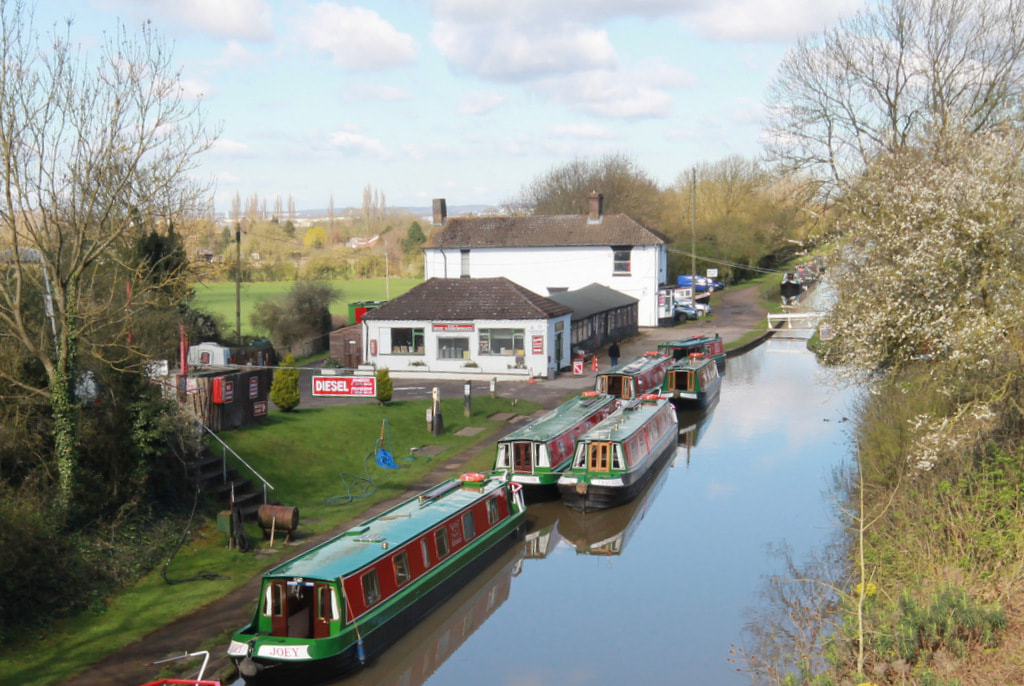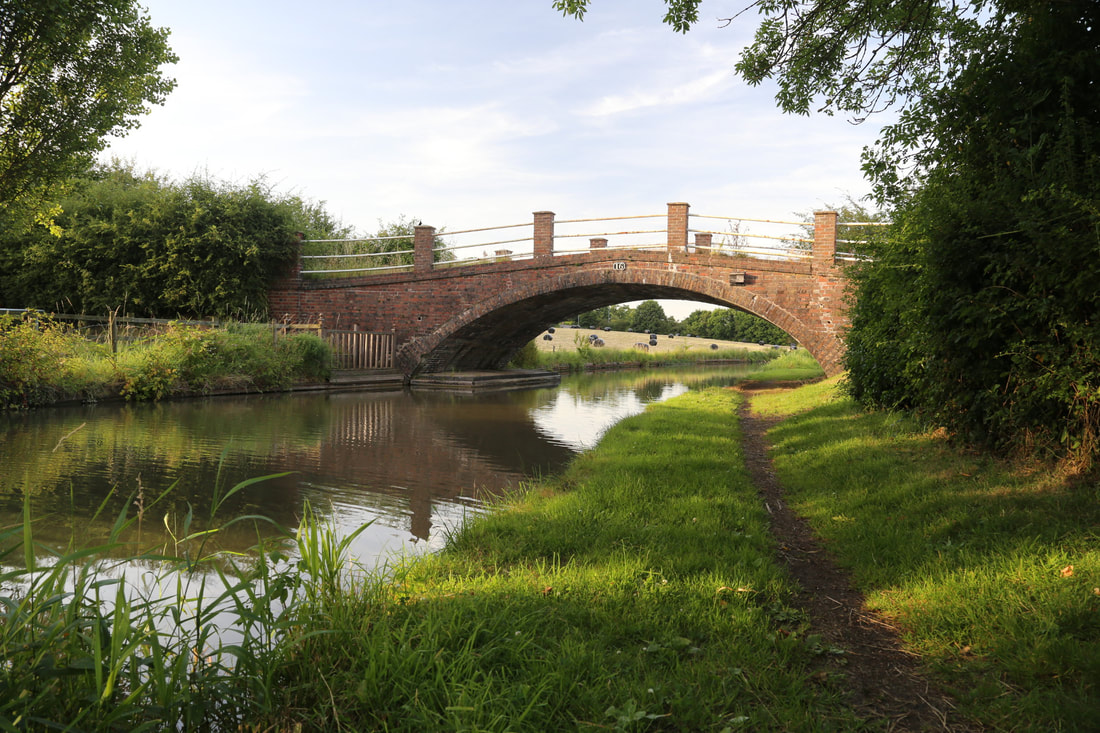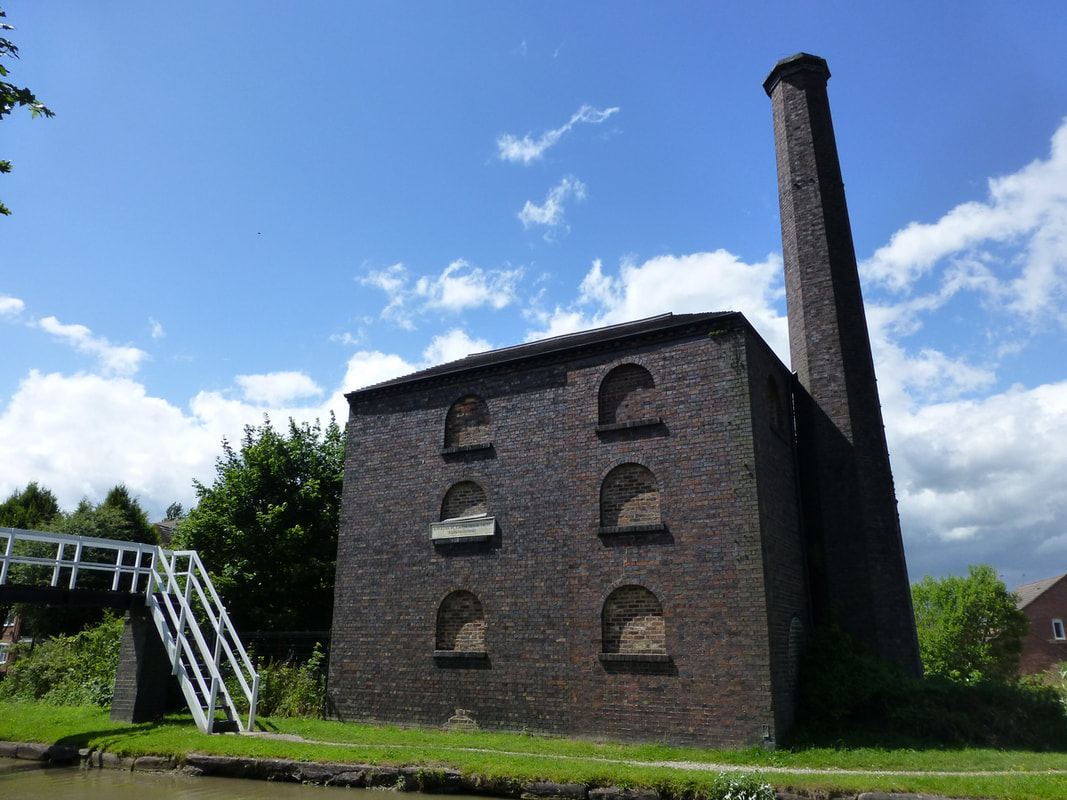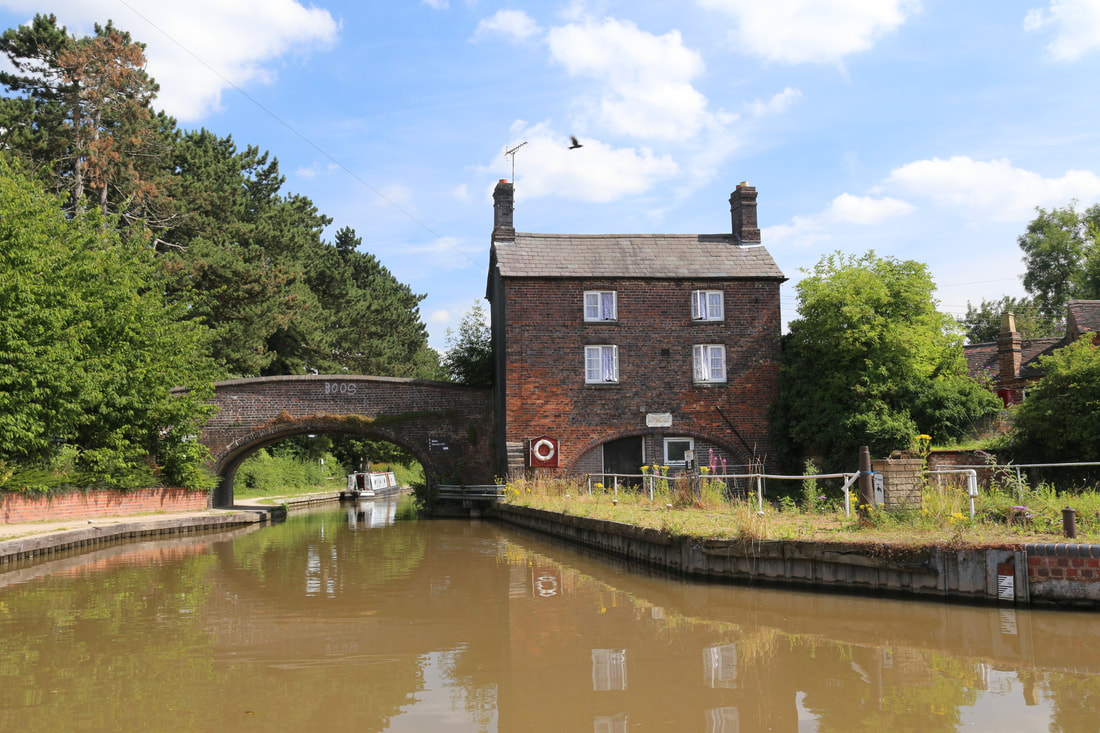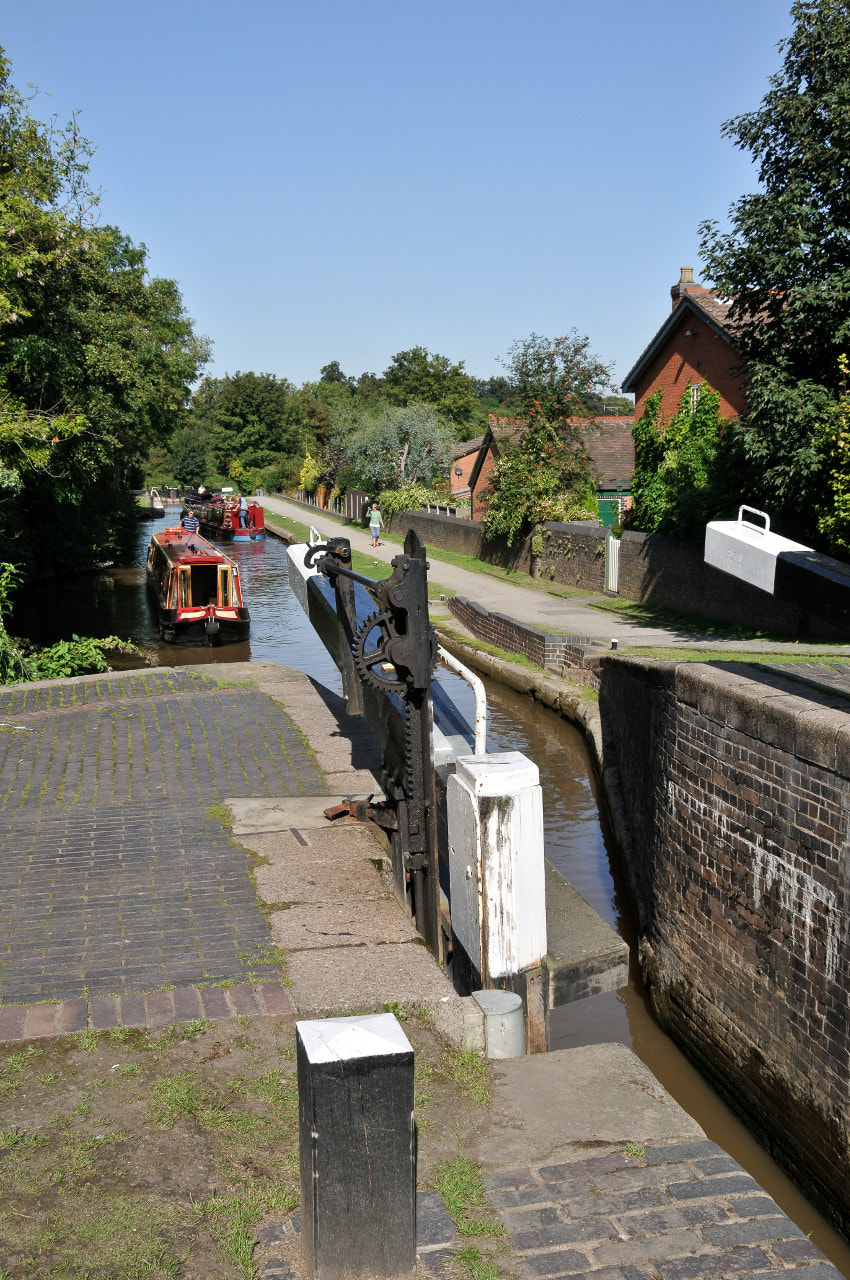|
1 Week Route
|
98 Miles
|
50 Locks
|
42 Hours
|
|
The Oxford Canal was engineered by James Brindley and built as a “contour canal” which means that the line follows the contours of land with a minimum of earthworks. This created a very tortuous route and the northern section of the canal was modernised in the 1830’s, almost halving the distance from Coventry to Braunston, striding across the countryside with a series of impressive arrow straight cuttings and embankments interspersed with winding sections of the original canal.
The first part of your journey is along mostly “new” canal (only about 180 years old!) and after passing through some impressive cuttings and high above open farmland you reach Ansty in about 1 ½ hours. The embankment just before Ansty was the site of a serious breach in November 1963 when a 30ft high embankment gave way and washed 10,000 tons of clay and sand onto adjoining land. Fortunately the problem was spotted by a farmer who, out for an early morning walk with his dog, noticed one of his fields was now under water. He raised the alarm and quick action by British Waterways staff prevented the breach becoming a serious catastrophe that could have closed the Oxford Canal for a long time. Repairs were completed quickly and the canal re-opened for traffic. The site of the repair is still visible (look for the concrete section of wall) and the location today make a goos place to tie up and visit the pay-and-play golf course (with an excellent club house)you reach Ansty in about one hour. Here there is a pottery and the Rose and Castle has an excellent reputation for food. After Ansty you approach the outskirts of Coventry, but the canal still manages to retain a rural character for much of the one and a half hour run into Hawkesbury Junction (also known as Sutton Stop). Hawkesbury Junction was designated a conservation area in 1976 and is something of an industrial archaeology haven despite much development around it. There is an impressive cast iron bridge, an engine house that once housed a Newcomen Beam Engine (now saved for posterity and preserved at Newcomen Engine House, Dartmouth), a colourful pub (the Greyhound), and a 6 inch deep stop lock. Just down the road is another pub, the Boat. This area is rich in industrial history; you can discover the mysteries of the Newdigate Arm, Arbury Hall and the various quarries and coal mines that were the raison d’etre of the canal in the first place. Go right round the junction (a 180 degree right turn to test the helmsman’s skill) and continue north along the Coventry Canal; the left turn takes you on a very urban journey into the basin in Coventry centre. Heading towards Marston Junction, you pass through a long wooded cutting before skirting Bedworth and passing the historic Charity Dock. Soon you come to Marston Junction where the Ashby Canal branches off to your right. This is about one hour from Hawkesbury and about three and a half hours from the boatyard. This area is rich in minerals and if you look carefully you can see many old wharves which provided much of the traffic for the Coventry Canal in its commercial heyday. Nowadays the land has been restored – but keep an eye out for “Judd’s Mount”, a former spoil tip that is something of a local landmark. The Anchor Inn at Hartshill has an extensive children’s play area and good food. The nearby maintenance yard has been attractively restored and the trip from here to Atherstone is very pleasant. At Atherstone the canal descends a pleasant flight of 11 locks. The top five are quite close together, the bottom half of the flight is more spread out as the canal heads out into the countryside in the direction of Tamworth, which is about 7 miles away. The next place of note is the village of Polesworth which has good moorings, and just beyond is Pooley Halla and an old colliery loading basin. The collier is long gone now and the adjacent land, formerly a spoil tip, is now pleasant nature reserve. Just before you reach Alvecote, where there is a marina and popular pub, there are moorings on the left hand side for the site of Alvecote Priory. The canal now enters the outskirts of Tamworth, dropping through two locks at Glascote before crossing the River Thame on a substantial brick aqueduct to reach Fazeley Junction. Here the Birmingham & Fazeley heads off towards Birmingham on your left, but you bear right towards Fradley Junction. By the time it reached this point, the original promoters of the Coventry Canal where in what might be delicately termed “some financial distress”. The directors of the Birmingham & Fazeley, impatient to see the canal complete which would boost trade on their own waterway, offered to build the next section of the Coventry Canal and lease it back to the Company. This was duly agreed, but because the Birmingham & Fazeley used names rather than numbers on their bridges, all the bridges on the next section are named. Hopwas is another good stopping point, with a three pubs and a post office and shop. The canal runs along a wooded hillside at this point with the river close by in the bottom of the valley. The channel blasted out of rock and is quite shallow, so you can only move slowly, but it’s so pretty you won’t mind! After the village of Whittington the canal passes Huddlesford Junction,where the Wyrley & Essington Canal branched off. This route, which passed through Lichfield to Brownhills in the West Midlands was closed in the 1950’s but an active canal society is working towards its restoration. The canal passes through open countryside now Fradley Junction, a famous spot on the inland waterways as a major junction between the north and south routes of canal engineer James Brindley’s “Grand Cross” of canals connecting the country. Here you must make a sharp right turn on to the Trent & Mersey Canal. Be careful as the lock is right on the junction, and there may well be other boats already on the T&M waiting for the lock. From here the canal descends steadily through a series of spread out locks. Five locks below Fradley is the village of Alrewas with canal very much at the heart of it. Alrewas is a good place to moor overnight or to visit the National Memorial Arboretum. Just after the village the canal joins the River Trent for the first time, and they share a route for just over a mile until the next lock takes you back on to the man-made channel of the canal. Soon you will pass the large marina at Barton Turns, then a further three locks lower you to the outskirts of Burton-upon-Trent. There are moorings and a winding hole at Shobnall – as this is where you will need to turn on a week’s holiday. It is also a convenient spot for visiting the National Brewery Museum. |




